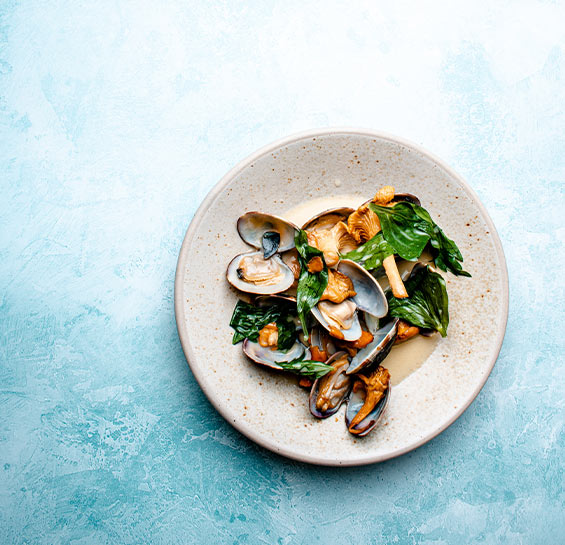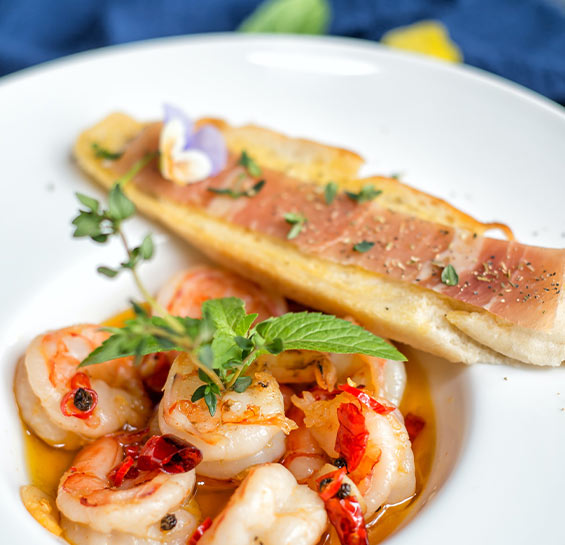CIGUATERA POISONING IS BECOMING INCREASINGLY COMMON. IF YOUR ITINERARY IS SOMEWHERE IN TROPICAL OR SUBTROPICAL AREAS YOU SHOULD BE AWARE OF THE CIGUATERA POISONING RISK.
This is especially true in the Caribbean Sea and Indian and Pacific Ocean destinations.
This seafood poisoning result from ingesting ciguatoxin-containing reef fish like barracuda, moray eel, amberjack, sea bass, sturgeon, grouper, and red snapper.
Symptoms include diarrhea, abdominal pain, nausea and vomiting with tingling in the fingers, blurred vision, pain in the teeth. Skin will also be painful if it touches cold water. If you have these symptoms you should call the ambulance and seek immediate medical care.
Barracuda is the worst for ciguatera poisoning. If you visit the Bahamas or the Caribbean the locals may say its alright to eat barracuda, but don’t!
Ciguatoxin is not destroyed by cooking or freezing and fish that has ciguatoxin will look, taste and smell the same as non-toxic fish of the same species.
Another very common seafood poisoning is the scombroid poisoning that results from eating tuna, marlin, herring, sardine, anchovies, amberjack and mahi-mahi that was improperly refrigerated after capture.
When the fish are not frozen or iced immediately after being caught bacterial overgrowth will change certain chemicals in the flesh into high levels of histamine (the same chemical that causes allergic reactions). Once that process is over, the resulting histamine like ciguatoxin, is indestructible by cooking or freezing. Fish contaminated with histamine may look, smell or taste no different than non-toxic fish.
Few minutes after ingestion a person will start flushing with itching, nausea, and vomiting and abdominal pain. Blurred vision may occur too.
Take some antihistamines that you have in your travel medical kit (See: Packing List and Travel Health Kits section) and go to nearest emergency department.


There is no practical way for the traveller to avoid scombroid poisoning other that avoiding the aforementioned fish. Seeing the fish laid on ice in the supermarket or the restaurant does not at all mean its safe to eat, because freezing is no longer effective once histamine is formed.
Travellers are also advised to avoid eating shellfish (bivalve mollusks) like mussels, oysters, scallops, clams and cockles since that can result in shellfish poisoning. The latter has 4 different forms: paralytic, diarrheic, amnesic and neurotoxic.
Shellfish caught in tropical and temperate waters after “red tides “ are the most dangerous.
Again if you have any symptoms that my suggest shellfish poisoning you should see a doctor right away.
If you are a sushi lover you may need to know some facts about puffer fish poisoning. Puffer fish or “fugu” is considered a delicacy in Japan. Consuming puffer fish, if not prepared in the right way, can be fatal due to a poison that affects the brain. That poison is concentrated in certain body parts of the puffer fish. Fugu chefs go through about 6 years of formal training on how to prepare the fish before they can be licensed by the Japanese government to serve it to the public. Never eat puffer fish or Fugu outside of Japan, or if it was not prepared by a Japanese government-licensed chef.
